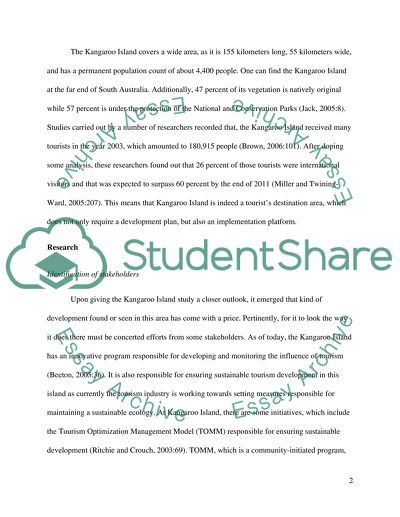Cite this document
(“Policy, planning and development for tourism Case Study”, n.d.)
Policy, planning and development for tourism Case Study. Retrieved from https://studentshare.org/miscellaneous/1607031-policy-planning-and-development-for-tourism
Policy, planning and development for tourism Case Study. Retrieved from https://studentshare.org/miscellaneous/1607031-policy-planning-and-development-for-tourism
(Policy, Planning and Development for Tourism Case Study)
Policy, Planning and Development for Tourism Case Study. https://studentshare.org/miscellaneous/1607031-policy-planning-and-development-for-tourism.
Policy, Planning and Development for Tourism Case Study. https://studentshare.org/miscellaneous/1607031-policy-planning-and-development-for-tourism.
“Policy, Planning and Development for Tourism Case Study”, n.d. https://studentshare.org/miscellaneous/1607031-policy-planning-and-development-for-tourism.


